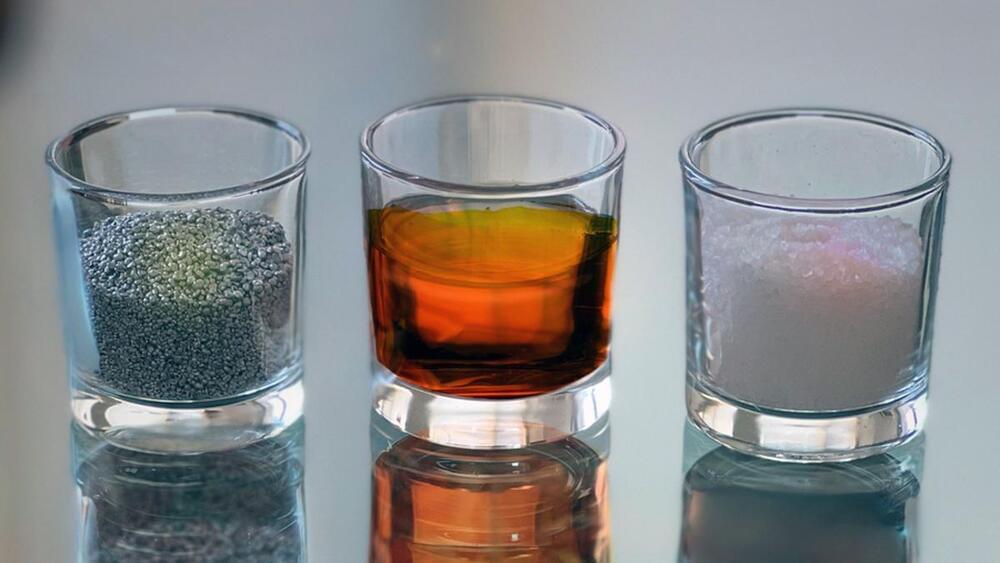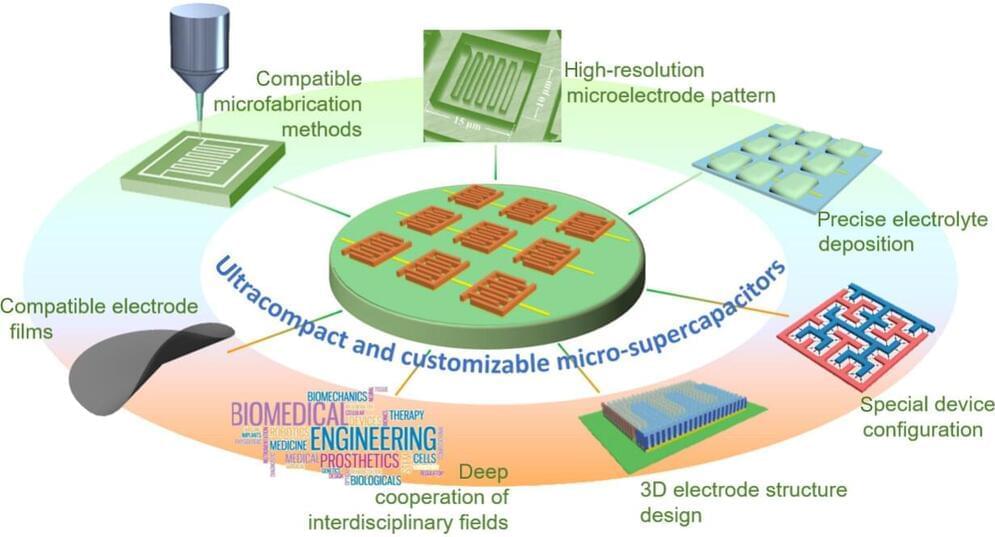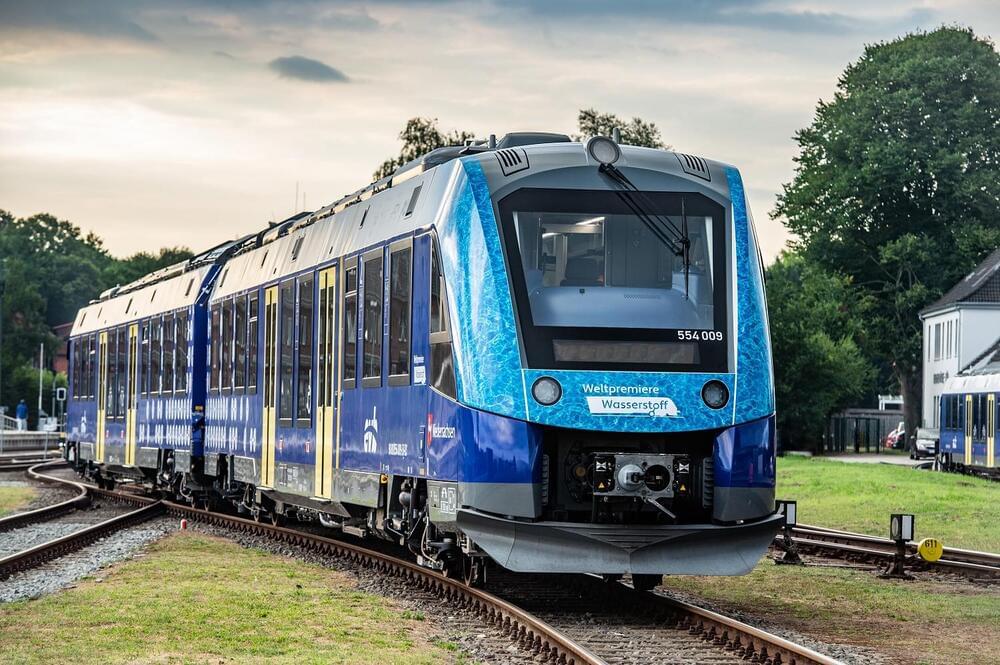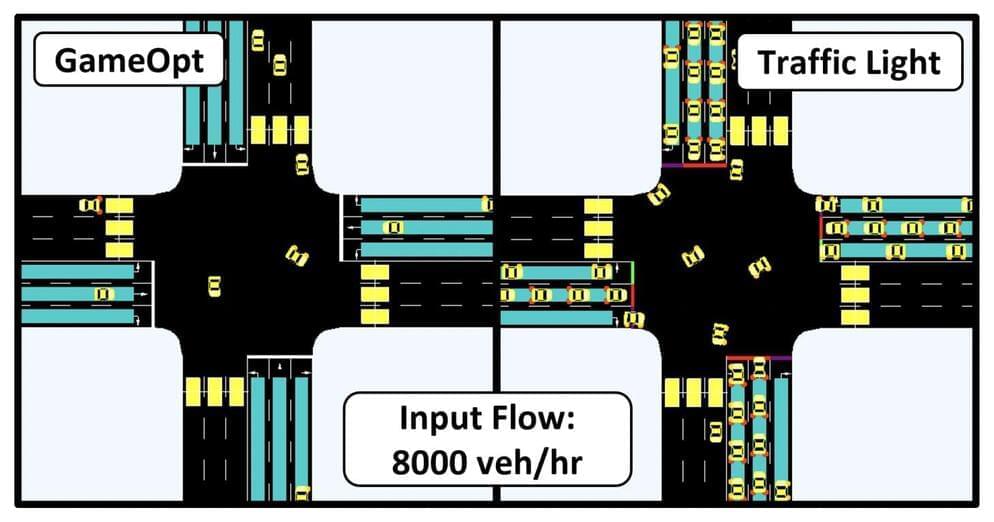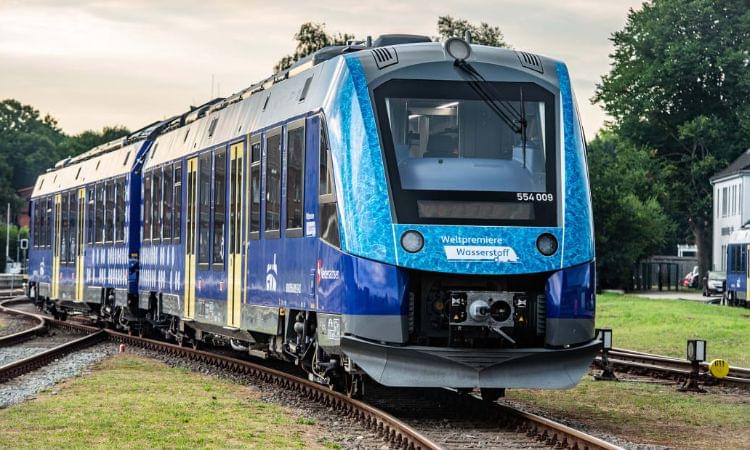Aug 28, 2022
In the Ukraine war, a battle for the nation’s mineral and energy wealth
Posted by Gemechu Taye in categories: economics, energy
Kyiv will lose nearly two-thirds of its deposits if the Kremlin is successful in annexing Ukrainian territory.
At least $12.4 trillion worth of Ukraine’s essential natural resources, including energy and mineral deposits, are now under Russian control.
“The Kremlin is robbing Ukraine” of its natural resources, the backbone of it’s economy, according to an analysis by SecDev posted by Washington Post on August 10.
Continue reading “In the Ukraine war, a battle for the nation’s mineral and energy wealth” »


